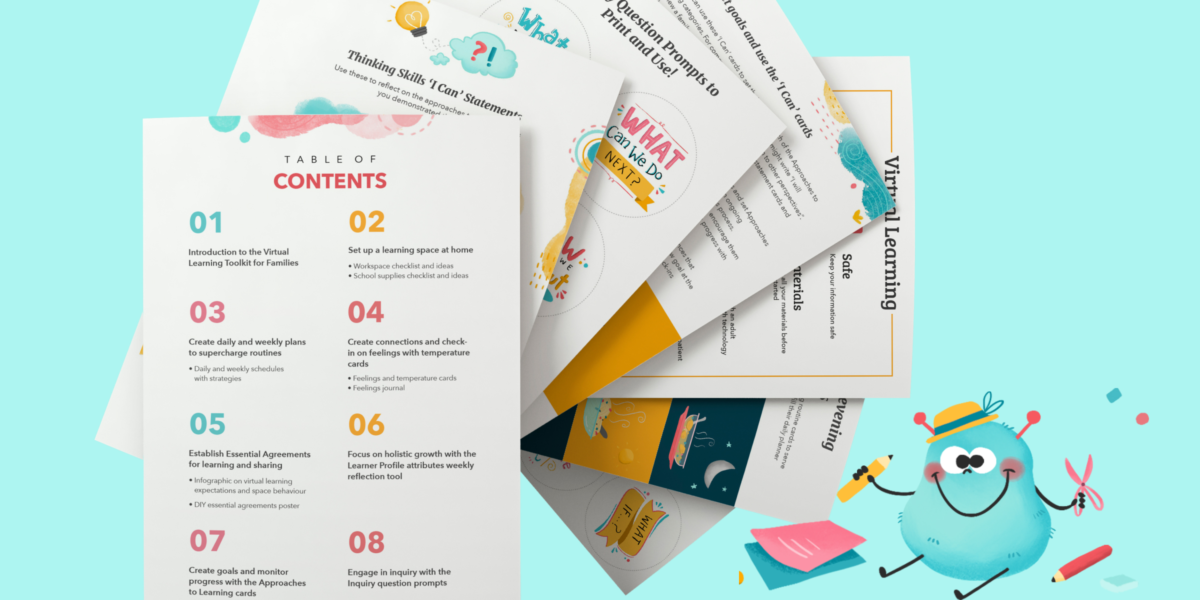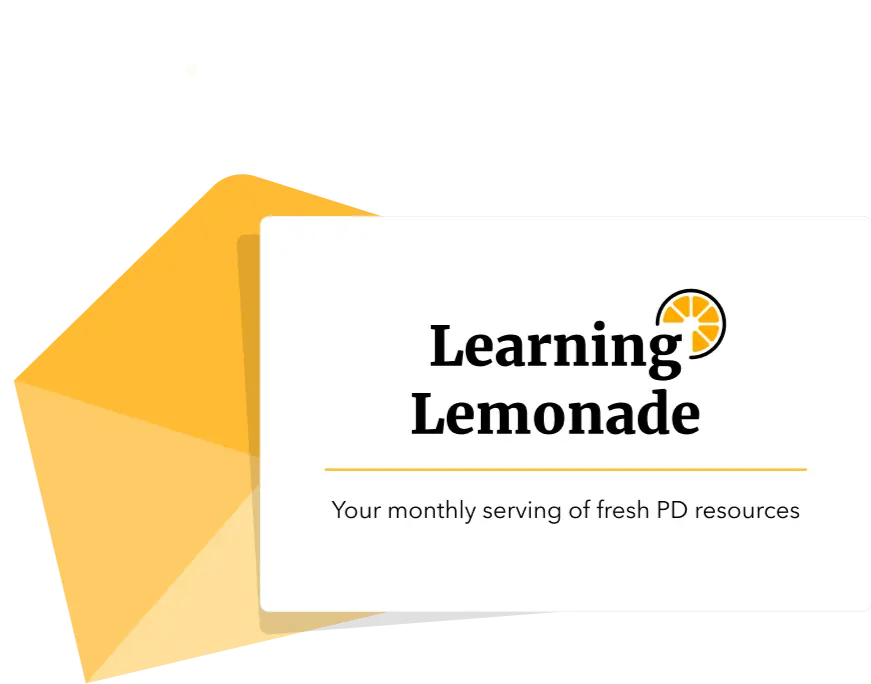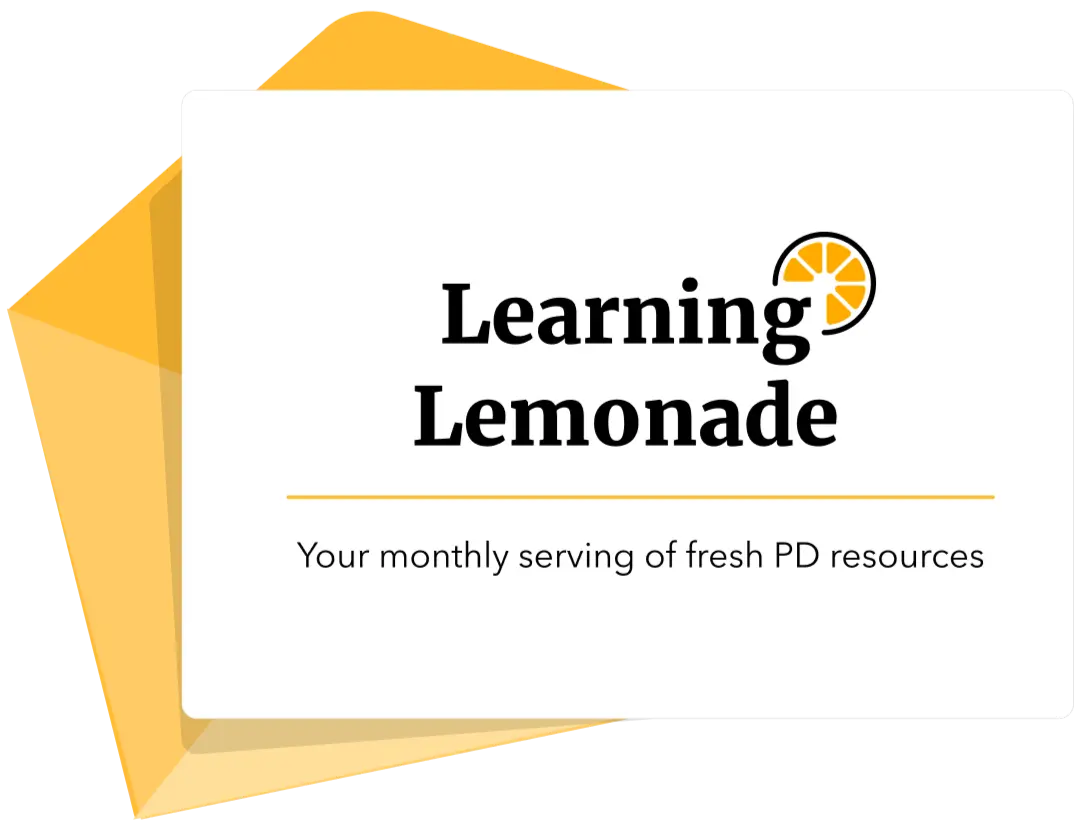The Importance of Differentiation in the Single Subjects
Most educators understand the importance of differentiating their instruction and task expectations in order to meet the diverse needs of their learners. They also understand that voice and choice are an important part of the teaching process. However, putting these things into action is not always easy. Being explicit and specific about how students can find their own entry point into learning in a unit requires a carefully thought-out plan by teachers.
The power of entry points to learning
Whether it be visual art, music or physical education, teachers must consider creating powerful learning opportunities that match where the students are at and where they need to go next in regards to their learning. Learning opportunities that help students self-differentiate requires a distinct shift away from having all of them working on developing the exact same skills in the exact same way. As students have different levels of skills and abilities, setting up the teaching and learning environment in a way that encourages students to explore, discover, and self-differentiate gives them ownership of their learning in the single subjects.
Self-Determination Theory supports differentiation
Self-Determination Theory has proven that there are 3 fundamental human needs that must be met in order for people to be intrinsically motivated in their life to do the personal and professional work that they set out to do. These three needs are:
- Autonomy: The need to feel ownership of one’s behavior and actions
- Relatedness: The need to feel connected to others
- Competence: The need to produce desired outcomes and to experience mastery

It’s worth considering how these three needs also interact in the teaching and learning space in order to better understand the importance of differentiation when designing units. At the heart of this approach is helping all students flourish in regards to their learning journeys in the single subjects. Therefore, it is very important to create the conditions for students to be intrinsically motivated to learn and to do the work necessary to make progress in visual art, music and PE.
Making personalization happen in single subject classrooms
When I work with single subject teachers, we often talk about what their biggest hopes are when teaching their subject area. The majority want their students to find a love of the subject area and develop the skills necessary to explore and discover what is possible. However, the traditional delivery of single subjects has often been a top-down approach. Taking on this type of approach can stifle autonomy, slow down the development of skills, and have a negative impact on the relationship between teachers and students.
This blog post is devoted to sharing a framework for delivering teaching and learning in a way that helps students find their own challenges and, ultimately, their own entry point to learning the units in the single subjects. It is very much based on research and evidence supported by Self-Determination Theory.
Making personalization come alive in PE
I will now outline what this process looks like first through an example from physical education.
1. Starting with a rich and meaningful provocation
A great provocation, coupled with a focused driving question, helps begin the process of students identifying not only the skills needed to be successful in the unit, but also the challenges that they might need to overcome in order to find success. When pitched right, a meaningful provocation can really set the scene for great learning to take place in the rest of the unit. Teachers can record students’ thinking about the big ideas of what success looks like and what they feel their biggest challenges might be.
The example I share here is from a grade 5 cycling unit that I had run for the students at my current school. The provocation itself was about road safety and how safely they could ride on the roads in our community. However, rather than sending them off riding their bicycles on the roads around our school, we opted to have them meet on the outdoor basketball court and ride on the lines of the court as safely as they could. With other cyclists riding around them, they had to maintain space and distance and were required to use hand signals to show how they can safely signal to stop, turn left and turn right on the court.
Once we could see that the students could safely do this, they were then allowed to ride their bikes around different areas around the basketball court, on the grass, between the tennis courts, over rocks and soft ground. This was not only an initial pre-assessment of their skills, but also a way for us all to identify what was difficult for them to do. It was going to be through this pre-assessment where the success criteria for the unit was drawn out through student thinking.
The driving question used during the provocation was:
What are some challenges you experienced when riding your bicycle?
2. Exploration and challenge
The exploration and challenge phase usually takes place in the first couple of weeks of the unit. This phase is about getting students ready to do self-assessments using a specific assessment strategy.
Based on the provocation, teachers should have posted and made visual the skills needed to be successful and/or challenges that the students have identified as standing in the way of them being successful.
Once these challenges have been posted, students can begin to explore different activities/tasks on the bicycle in order to experiment with what they find easy, what they find too difficult, and what might be ‘just right’ for them based on their abilities and interests.
3. Red, yellow, green dot self-assessment phase
Depending on the class and the students, this self-assessment task is done in weeks 2-4 of the unit. Using a colored dot system, the students begin to self-assess themselves in relation to the different challenges they are exploring.

In this style of self-assessment, the color ‘Red’ means ‘impossible at this point’, the color ‘Yellow’ means ‘not too difficult, not too easy’, and the color ‘Green’ means ‘easy for me to do’.
The students will choose the challenge that they have explored, pick the best color that applies to them and their learning, and then write their name on the colored dot and place it on the poster on the appropriate challenge they had tried to do. As you can see below, the poster will begin to fill up with self-assessments as the lessons progress in the unit.

As teachers, we planned for students to really understand that yellow is a good zone for them to be in as this is a ‘just right’ challenge. So, if something is too easy for them, they can choose to ‘level up’ and explore a more difficult challenge. If something is too difficult for them, they can choose to ‘level down’ to find a more appropriate challenge.
Showing Progression: This self-assessment is a great way for the students to show progress in regards to their skills. When they are ready, they self-assess on their own. The students are not required to self-assess all the time, but when they feel they are ready to do so. At times this takes some prompting from the teacher, but the Red, Yellow, and Green Dot self-assessment strategy is not done in just one class, but instead throughout a series of lessons from weeks 2-4 in the unit. See the example below of the layering of dots which shows that the student may have started with Red (Impossible to do) but made progress to Yellow (Not too easy, not too difficult) and then to Green( Easy to do, mastered). Once they get to Green, they level up to a more difficult challenge, but this is based on their choice (Autonomy in action!).

By helping students to identify their just right entry point into learning, they can focus on the tasks and activities that they need to in order to challenge themselves at the right level. Not only do behavior management problems drastically decrease, students stay more focused and on task.
4. Narrowing the focus (or not!)
This part of the unit usually happens from the 4th week till the end of the unit. Once the students have really explored what’s possible in the unit, they can make a decision to narrow down the focus of their learning and really concentrate on this area of their development.
In our cycling unit, the students were allowed to choose multiple different areas to narrow their focus on. Some chose distance biking to work on their level of fitness, some chose racing with their peers, some chose riding up and down difficult hills, and some chose trying to ride over rocky, bumpy ground to practice off-road cycling. We still had some that wanted to keep practicing how to use proper hand signals as well.
At this point in the unit, it was about giving them autonomy over their choices in order to help them find joy in the experience. However, in saying this, some students still wanted to do a bit of everything. We call these types of students ‘dabblers’. Rather than force these students to narrow the focus, we allowed them to continue to explore and try out a variety of tasks as this is what they wanted to do.
We took the students off campus for this part of the unit to a big, wide open area where they could do lots of different types of riding. However, they still had to self-assess, but this time using Red, Yellow and Green cards that we brought with us. At the end of each class, they had to show how their learning went in that class by choosing the most appropriate card that matched their learning.

5. Final reflection
At the end of the unit, students had to do a reflection to show what they learned, how they learned it, how they did, what they liked about the unit, and what they wanted to continue to work on.
Exploring this framework in music
Although this blog post showed a specific example from physical education, we use this exact approach in music and visual arts as well. Our music teacher likes to use a ‘just right’ challenge scale with his students, as you can see in the photo below. Rather than a red, yellow, green dot system, the teacher has students stand under the appropriate section of the challenge scale to reflect how easy or difficult a task is for them. If something is too easy or too difficult, the teacher gets them to either level up or level down.


Another music teacher offers different leveled songs to play on the ukulele. He provides three choices to students and allows them to either work alone or with a partner. Through exploration, they figure what is the ‘just right’ challenge song for them to learn on the ukulele so that they can continue to learn basic chords in a way that suits their ability and skills.

In another example in music, students have a choice of instrument and can explore basic chords. The number of chords explored will increase as the unit progresses.

Exploring the framework in visual art
In visual art, we like to create opportunities to explore and experiment with different media before having students narrow their focus and choose one media that they want to use to create a piece of art. We are very explicit about this and make it visual so that the learning journey is captured on the walls of the visual art space. In week 2-3, after exploring and experimenting, students narrow their focus. The artwork produced is all very different and unique, testament to how allowing students diverse entry points supports their learning journey.

In the photo above, you can see that the art teacher has provided different choices of media to the students based on what they have explored and experimented with. This allows them the opportunity to select the media that works best for them based on their skills and interests. Once the students start working on their final piece, the art teacher then gets them to focus in on the elements of art that will help them produce their best work.
In conclusion
The framework for delivering student learning in the single subjects is very much rooted in the evidence and research around the Self-Determination Theory. Allowing students to find their own ‘entry point’ to learning in the unit, encourages more intrinsic motivation to work on the skills necessary to get better at their chosen pursuit. By providing students with autonomy, we not only build our trust with them but also strengthen our relationship with them.












